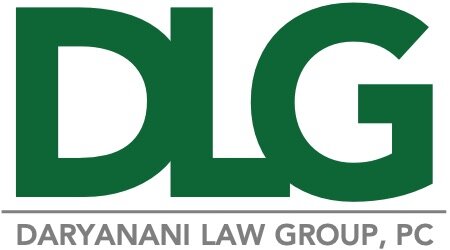The DS-160 is an online form submitted to the US Department of State as part of a nonimmigrant visa application for temporary travel and work in the United States. At the consular stage of the nonimmigrant visa process, applicants must submit a completed DS-160 for all nonimmigrant visa categories, including applicants applying for K visas (additional information about the consular process can be found in my prior post). Consular Officers at US Embassies/Consulates worldwide use the information entered in the DS-160 to process the visa application and, along with other required documentation and a personal interview (with some exceptions), use this form to determine an applicant’s eligibility for a nonimmigrant visa.
The DS-160 focuses on the foreign national’s biographic data as well as schooling, work, and travel history. Since 2010 this form must be completed and submitted electronically. The main items needed to fill in the fields of the DS-160 are the passport (for biographic information and number, any prior visas, and reference to past international travel), the I-797 Approval Notice from USCIS (if applicable), any related documentation (such as SEVIS information if the applicant was a student in the US) and, importantly, a digital passport-style photo ready to upload (the specifications for this photo are exact, and can be found here). Some US Embassies/Consulates require foreign nationals to complete the DS-160 prior to scheduling a visa interview; others merely require that it be completed and submitted forty-eight hours prior to the interview date.
This post addresses frequently encountered idiosyncrasies and common questions when filling out the DS-160. It is important to note that the DS-160 is often updated and the questions included on the form may change, or new questions may be added without notice. Therefore it is important to check the US Embassy/Consulate website for the latest updates before commencing the form.
I have dual nationality, so I have more than one passport. Which passport should I use for the DS-160?
Except when applicants are applying for a visa where country of nationality can determine eligibility for a visa (e.g. Australians and the E-3 visa), foreign nationals should use the information from the passport they intend to have the US visa processed into to fill in the DS-160.
Can I answer the DS-160 questions in my native language?
No. All answers must be in English, using English characters only. The only part of the DS-160 that is an exception to this rule is where foreign nationals are asked to provide their full name in their native alphabet. DS-160s submitted in any language other than English will be denied and the applicant may be required to submit a new application.







